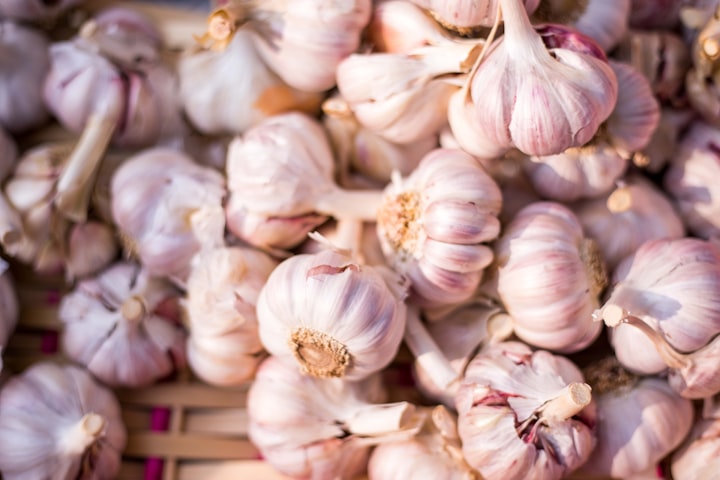Chinese Paper Product Tariffs
How will they affect the Global Paper Industry

What is a tariff? How does China affect the global paper industry? Here is a summary. First a look at the historical origin and significance of tariffs. Premodern Europe used tangible assets like gold, silver land and other valued items. There was either a net loss or gain importing more than exporting decreased their wealth. The system is called mercantilism. The colonizing country obtained goods from their colonies, manufactured them and sold the materials back to the colonies. Tariffs were used to encourage buying from the owning country. In a modern description a tariff is a financial incentive to purchase domestic via a dollar amount charged to buy from foreign countries. The foreign countries overall price is increased bringing the issues of sales frequency when price point is considered. Revenues are increased as tariffs rise in value. For the reason that a country’s budget or income is affected the issues of tariffs are reported on the newscasts to the audience which includes the consumer who is either paying more or less relating to tariff prices. The market size for paper and pulp industry is 351.53 billion USD; a total of 417.3 mt is produced worldwide. In 2020 China produced 117 million metric tonnes of paper product; twice that of the USA in same year. In 2021 China consumed 132,696,000 metric tonnes of paper product. The Asian markets together produce 49.5% of the world supply of paper products.
An import tariff rate from the Chinese government implement on January 1, 2023 on 1020 items of paper and paperboard will affect the world paper industry by providing a lower than nation average tariffs to China. The are 67 items that will enjoy a 0% to 5% tariff rate compared to others at 5% to 6% value. Specifically China is attempting to value add to industrial and supply chains by putting the tariff to 0% for finished paper products, printing, container board and writing paper. Import increase usually with lower tariffs and the consumer pays a lower price. Consolidation of paper industry businesses in China are expected. As well a record low of profits as Chinese domestic prices will decrease. Container board for example has increased in demand in 2020 as the recycled fiber were banned, this may encourage the price to go down and more purchases may be made. Travel restrictions are set to be less stringent to allow more trade and will encourage the market forecast for imports.
The leading forestry companies determined by revenue as measured in 2021 are as follows: International Paper (US) 19.36 billion; Oji Holdings (Japan) 12.47 billion; Stora Enso (Finland) 11.45 billion; UPM-Kymmene (Finland) 11.06 billion; West Frasier Timber (Canada) 10.52 billion; Nine Dragons Paper (Hong Kong) 10.3 billion; Nippon Paper Group (Japan) 9.02 billion; Suzano (Brazil) 7.93 billion; Empresas (Chile) 6.31 billion and Shandong Chenming (Japan) 5.45 billion. These are the leading forestry companies that will benefit from the lower tariffs in China. More consumers will purchase to increase revenue for companies like the aforementioned. Increased sales for forestry companies will also add to revenue for the governments from the industry therefore encouraging a good economic impact. Keeping the industry strong will entice economic growth for the paper industry. Making sure the paper industry has the resources to provide the necessary supplies for the worldwide market is also a big part of the paper business. There needs to be sustained planting of trees for the paper companies to keep paper at its average price and to have the supply. For Example Oji Holdings in Japan has 432,000 ha of production land and 141,000 ha in conservation land. They must sustain what they have to ensure that the demand is met on the markets. The uses for paper are numerous such as packaging to printing and writing paper. Our everyday lives in workday and education require paper as well.
China’s new tariffs will definitely help the forestry economy in China as well as the rest of the world. It will open up new markets that will benefit from the cheaper prices that translate also to the consumer. Perhaps other countries will follow the example of China and lower their tariffs as well. Many countries participate in the forestry industry and depend on its products. Making it easier for consumers to get access to the paper and paper packaging products will make their work and educational life easier by having the supplies they need to achieve their goals. Think about how paper is intertwined with our lives; paperwork to do our government forms for health cards and social insurance numbers to the universities need for paper for students and of course the packaging paper we need for our shopping items in our cart we all share in supply and demand chain.
About the Creator
Lady Sherry-Anne Dow Podolchuk
Grew up in Canada with a very loving family and studied in business and science and I have always loved writing. I hope you enjoy my stories.






Comments
There are no comments for this story
Be the first to respond and start the conversation.